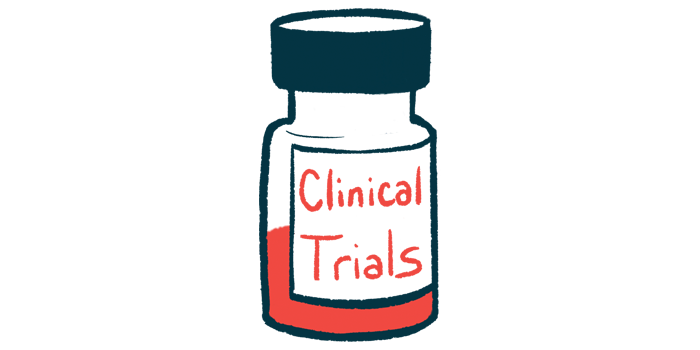Yorvipath found to sustain kidney function gains over 3 years
Trial data also show early improvements in adults with hypoparathyroidism

The approved therapy Yorvipath (palopegteriparatide) can improve kidney function in adults with hypoparathyroidism within months of initiating treatment, and these improvements are sustained for at least three years.
That’s according to clinical trial data Yorvipath’s developer, Ascendis Pharma, shared this week at the annual meeting of the American Society for Nephrology. The presentation was titled, “Sustained Improvement in Kidney Function with Palopegteriparatide in Adults with Chronic Hypoparathyroidism: Three-Year Results from the PaTH Forward and PaTHway Trials.”
“We are pleased to share this data reinforcing the benefits of long-term treatment with [Yorvipath] on renal function,” Aimee Shu, MD, executive vice president of endocrine and rare disease medical science and chief medical officer at Ascendis, said in a company press release.
Understanding hypoparathyroidism and calcium balance
Hypoparathyroidism is marked by abnormally low levels of parathyroid hormone (PTH), a signaling molecule that helps regulate calcium and phosphorus in the body. Reduced PTH levels lead to low calcium levels.
Because calcium deficiency is responsible for most symptoms of hypoparathyroidism, the main goal of treatment is to normalize calcium levels. This is usually done by taking calcium and vitamin D supplements, which help the body absorb calcium.
However, these supplements cause the body to excrete more calcium in urine, which can put stress on the kidneys, the organs responsible for filtering blood and eliminating waste in urine.
Yorvipath, formerly known as TransCon PTH, is approved in the U.S. and Europe to treat adults with hypoparathyroidism. The therapy works by delivering a precursor to PTH into the body, thus increasing levels of this hormone to help normalize calcium levels. Yorvipath is given once daily as an injection under the skin.
Approval of Yorvipath was mainly supported by results from two clinical trials — the Phase 2 PaTH Forward trial (NCT04009291) and the Phase 3 PaTHway trial (NCT04701203).
In the Phase 2 study, participants first received Yorvipath or a placebo for four weeks, then all switched to Yorvipath for up to 266 weeks (about five years). In the Phase 3 study, participants were given Yorvipath or placebo for about six months, followed by Yorvipath for 182 weeks (about 3.5 years).
Long-term data highlight kidney benefits
In this new analysis, researchers analyzed long-term data from these trials to assess how Yorvipath affected kidney function.
Shu said the goal at the meeting was “to expand awareness and scientific knowledge of [Yorvipath], the kidney’s role in a healthy parathyroid axis, and the importance of delivering physiological levels of PTH for overall kidney health.”
Results showed that after three years of treatment with Yorvipath, more than 91% of patients no longer needed to take vitamin D and were taking calcium supplements at doses of 600 mg/day or less. In addition, at least 84% had normal calcium levels.
Kidney function was tracked using the estimated glomerular filtration rate (eGFR), which measures how efficiently the kidneys filter blood. eGFR is measured in units of milliliters of blood per minute per 1.73 square meters of kidney tissue (mL/min/1.73 m2).
To be eligible for the Yorvipath clinical trials, participants had to start with an eGFR of at least 30 mL/min/1.73 m2.
After three years of follow-up, the average eGFR increased by 9.8 mL/min/1.73 m2 in PaTH Forward and by 8.8 mL/min/1.73 m2 in PaTHway. More granular analyses showed eGFR tended to increase over the first six months on Yorvipath, then remain stable over longer follow-up times.
Data also showed long-term Yorvipath normalized the amount of calcium in patients’ urine. Safety data were consistent with the known profile of Yorvipath.
The researchers concluded Yorvipath treatment led to “sustained improvement in renal function, resolution of [high urine calcium levels], and continued safety and efficacy through Year 3 of PaTH Forward and PaTHway.”







